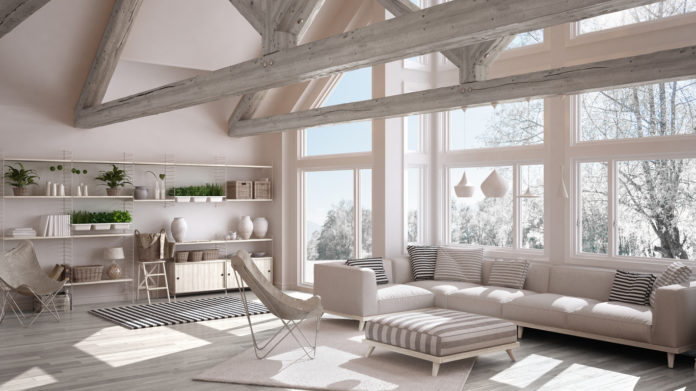
How You Can Save Money with Energy Efficient Window Replacement
Old windows were not made with consideration of energy efficiency like the modern ones. As a result, they cause a lot of energy loss, which translates to high power consumption bills. Additionally, due to age, they make a house look ugly due to the multiple issues. As such, the best way to ensure you achieve optimal energy savings in your home is by doing window replacement with energy efficient window units.
Let us learn a few things about modern energy-efficient windows, such as:
- Why you spend more in the long run with old windows
- How much energy-efficient windows can roughly help you save
- Best option of an energy-efficient window and the types that exist
Learn more about window replacement with energy efficient replacement windows.
- Why You Spend More in the Long Run with Old Windows
Old windows have their share of problems and that is why window replacement is always necessary. These problems are caused by gaps and cracks that occur with time, allowing draft and whistling in your home. These make your house feel cold when the weather is cold and can cause discomfort.
Additionally, if you have substandard windows installed for you, they can be hard to operate or ill-fitting. They also create gaps which we want to avoid.
If you go ahead and repair these problems by caulking, you get a temporary solution. However, the problem becomes recurrent, making you spend a good amount each time you repair the damage. When window replacement is not done for such windows, they can cause further damages to your home, making it vulnerable to break-ins and moisture seeping inside your property.
- How Much Energy-Efficient Windows Can Roughly Help You Save
Although energy-efficient windows help save money, other factors contribute to how much you can actually save. Some of them include the house design, the type of heating used, and the insulation done in a home.
However, the Energy Star approximate that you can save from $366 with energy-efficient windows annually.
- Other Benefits of Energy-Efficient Windows
Besides the benefits we have looked at, additional ones include:
- Protecting your property from UV rays that can cause fading
- You reduce the maintenance cost since your property will not fade quickly
- Practicing environmental friendliness by reducing the carbon footprint
- Reducing the noise getting inside your home
- Best option of an energy-efficient window and the types that exist
The performance of an energy-efficient window is enhanced by the number of panes, type or gas used between the panes, spacers, seals, and whether a Low-E coating is added.
- Double-Pane Insulated Windows
These energy-efficient windows have two panes that are separated by spacers. An inert gas, which is often denser than air such as krypton or argon, is used between the spaces. A Low-E coating, seals, and the spacer are also used to minimize heat transfer between the panes.
- Triple-Pane Insulated Windows
Three panes are used in making these windows. Like double-paned ones, a gas and spacers are used between the panes. However, these windows are more efficient than double-paned ones, creating better comfort at home.
- Difference Between U-Value and R-Value
U-value and R-value are common terms used in energy-efficient windows. Sometimes, they are used interchangeably, although they have a totally different meaning. So, what makes them different?
To begin with, both measure the energy-efficiency of windows. But, their main difference is:
- U-Value:
It stands for U-factor. U-value measures the quantity of heat that is gained or lost by a windowpane. Instead of rating a material, the U-value calculates how various properties of materials used in constructing the skylights, windows, and doors conduct heat.
If a window has a low U-value, its efficiency is incredible and can help save a lot.
- R-Value:
It stands for R-factor. It measures the material rating. The materials used in installing a window are relevant in measuring this factor. They include caulking, insulation, and others.
If you are planning to use energy-efficient windows for your window replacement of your old or falling windows, these are the things you should have in mind. Upgrade today and see how much these windows can help you save after some time. Invest in something that will give you great returns.








